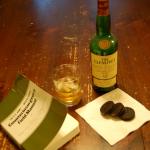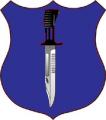I suppose a question that can be raised at this point, is the reaction to effective enemy fire better handled by a squad moving into line from fire teams in wedge formation with all men firing back, or from a squad or even fire teams in file responding with just one or two 7.62mm (not 5.56mm) LMGs or even GPMGs?
Granted, the Germans weren't using assault rifles until late in the war, and only then in limited quantities, but perhaps a pair of 7.62mm LMGs (I'm not sure one would cut it, but the Bundesheer used only one MG-3 GPMG per Infanterie Gruppe until just recently) would be just as effective for winning the firefight and suppressing the enemy as a pair of 5.56mm LMGs and the squad's assault rifles?
Most of the squad would be under cover while the MGs won the firefight and then suppressed the enemy (unless the SL ordered otherwise or the squaddies spotted enemy close at hand). Ideally, this would lead to lower losses and a better chance of success in the assault. Or is this just plain wishful (and obsolete) thinking?






 In my old Platoon, we had a Weapons Det with an FN MAG GPMG, a Carl Gustav, and a 60 mm Mortar in the hand-held role. "Triple Jeopardy" was the tactical term we used for it.
In my old Platoon, we had a Weapons Det with an FN MAG GPMG, a Carl Gustav, and a 60 mm Mortar in the hand-held role. "Triple Jeopardy" was the tactical term we used for it.





Bookmarks